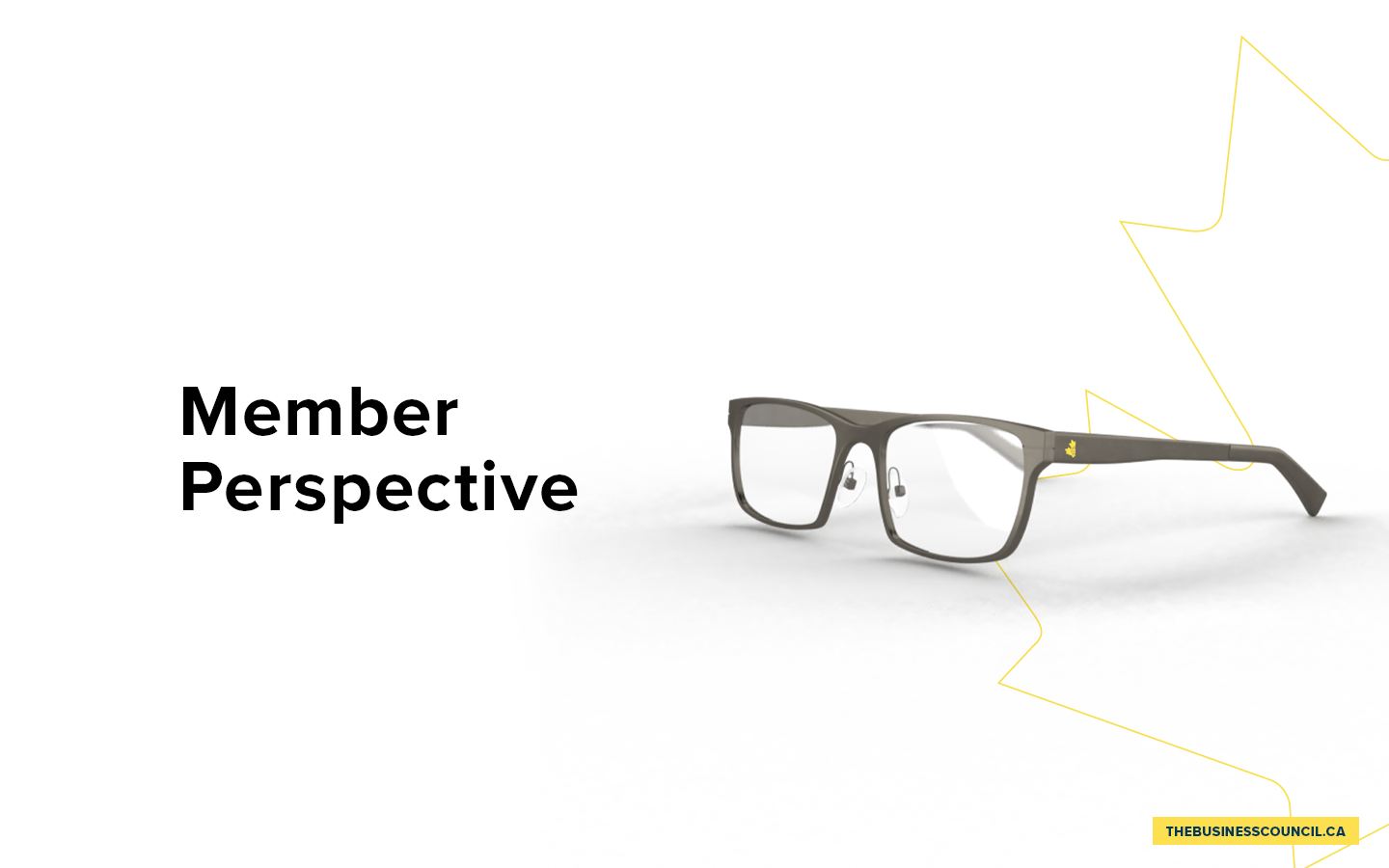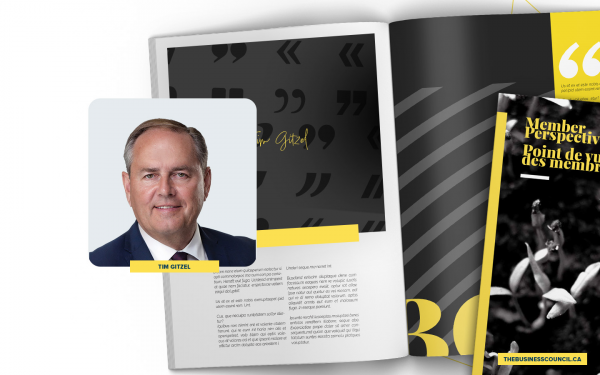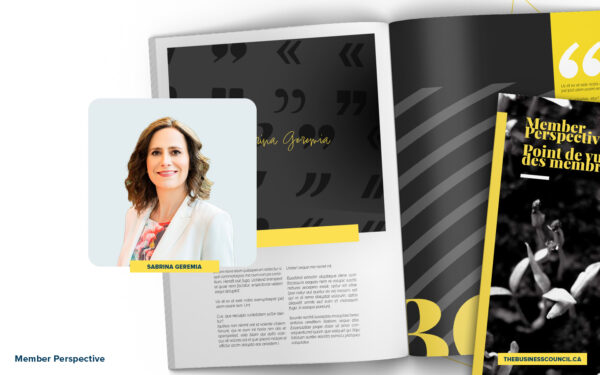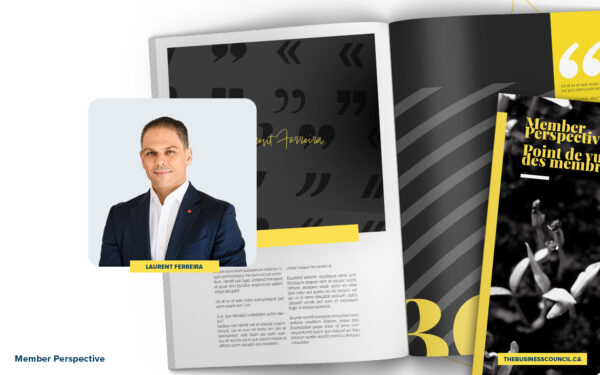Diversity: Corporate Canada just needs to get on with it
“As a leader, when you walk into a room, take a moment to think about how it feels for that lone woman at the table. To have a room full of men stop talking about last night’s game just because she walked in. To have brought her intelligence, skills, experiences and grit to bear to help your organization succeed and still have people wonder whether she’s committed. Be an advocate for her.”
Sandra Stuart
As published by the Globe and Mail.
Creating a diverse work force is a dilemma and a constant work in progress for many CEOs.
I am proudly and passionately part of the movement to pave the way to inclusion. However, the journey is a difficult one, and I am discouraged that we are not making the strides necessary to realize true balance in our organizational ecosystems – not only for women, but also for visible minorities, the LGBTQ+ community, persons with disabilities and Indigenous peoples.
With HSBC I have lived and worked all over the world. The time I spent in developing markets brought home to me the economic challenges of a lack of access to education and opportunities – particularly for women. I worked in Brazil without speaking Portuguese and it was very isolating, so when I say that I know what it means to be different, I am not talking just as the (sometimes only) woman in the room.
This isn’t just another piece of writing extolling the virtues of a gender-balanced board – I’m just as tired of them as you are. It is time for action.
HSBC Bank Canada has thrived under a gender-balanced Board of Directors and Executive Committee since 2013. We are evidence that diversity and inclusion are both possible and important. Our discussions around the boardroom table are rich, with genuine challenge leading to stronger decision making. But it’s not enough to have a gender-balanced board and leadership. To thrive in today’s complex, interconnected world, we need all of our people to bring their diverse perspectives, experiences and talents to work.
So how did we achieve this?
We started at the top and we put hard, measurable targets in place. As a leader, either you met them or you didn’t and you were held accountable for your results. That was key to our success. And our record has become a point of pride for both women and men within the organization.
We took time to ensure we knew exactly what skills and experiences we needed to help us be successful. We looked for those skills and experiences instead of specific titles. We insisted on a diverse slate of candidates for every senior role – ensuring 50 per cent were female. We found that there was no shortage of good, qualified candidates.
We need buy-in from every level of the organization, so we devote the resources to ensure our employees understand what our values – being open, connected and dependable – mean to us and how to live them at work.
Unconscious bias can be just as damaging as overt discrimination, so we provided unconscious-bias-and-inclusive-leadership training – helping leaders develop the self-awareness to disrupt their own excluding behaviours.
Our diversity and inclusion council, made up of senior leaders, acts as executive sponsors to employee resource groups. These groups create a community of support, but they also have the resources to effect change. And they are doing a lot to make our lives richer and to point out to us when we unknowingly make things more difficult.
We take the time to understand the experiences of our employees through surveys, focus groups and listening sessions – and make changes when necessary.
To that end, we recently doubled the salary top-up we give to employees going on parental leave – available to either parent. And we are currently reviewing our other policies to find and correct any unintentional biases that affect our employees.
So I have a request for my fellow business leaders: It’s time to put your money down on women. As a leader, when you walk into a room, take a moment to think about how it feels for that lone woman at the table. To have a room full of men stop talking about last night’s game just because she walked in. To have brought her intelligence, skills, experiences and grit to bear to help your organization succeed and still have people wonder whether she’s committed. Be an advocate for her.
So when you walk into a room and there are no women there, ask yourself why. And then go out into your organization or your community and find at least two talented women. Don’t just mentor them, be a sponsor. Take the risk with them and help them get that next big job. You will be glad that you did. The pay-off is real.
Own your diversity.











